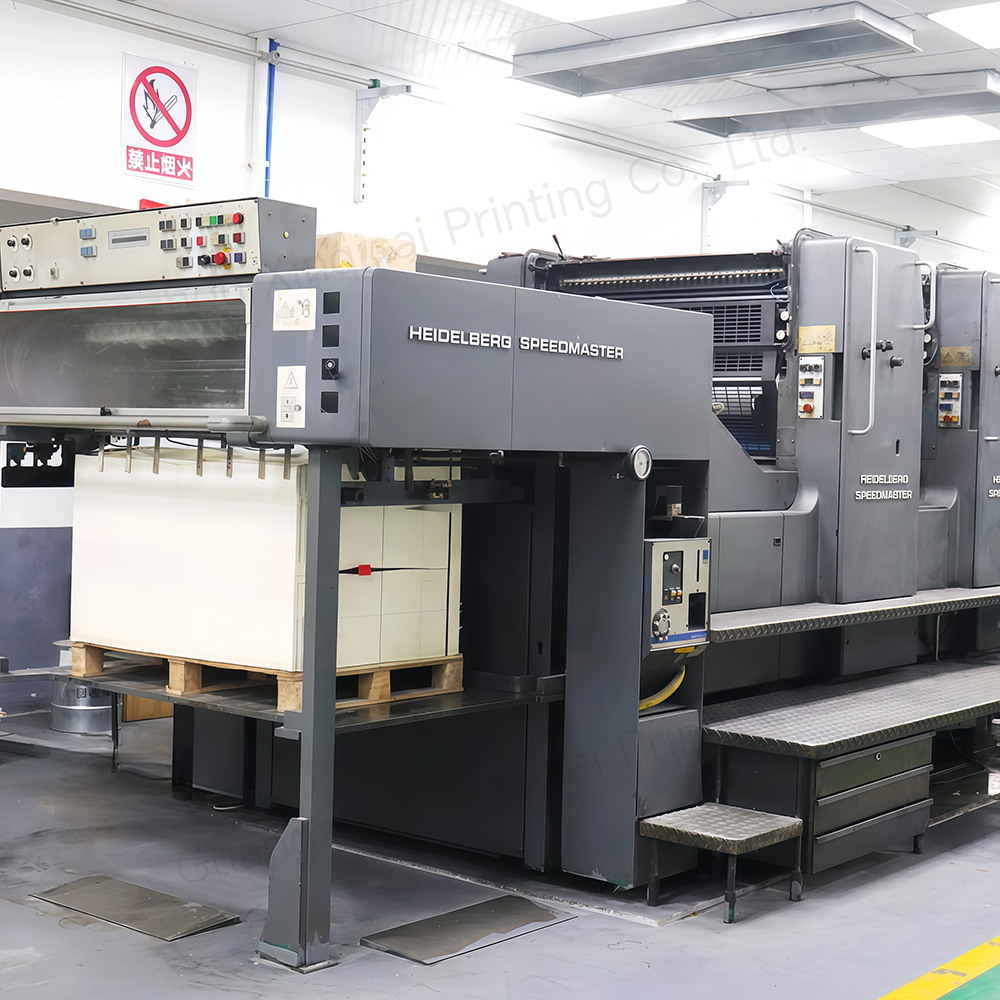
Product commissioning is crucial for printing press efficiency.
In many cases, after the printing plates and inks are prepared, the product undergoes commissioning. This can take a long time, and the longer the commissioning process, the greater the chance of
plate scraping. Therefore, product commissioning is crucial for printing press efficiency. Generally, the difficulty of commissioning is determined by the difficulty of printing the product. However, the
actual commissioning time is not solely determined by the printing difficulty; it is more influenced by the number of product commissioning attempts.
High commissioning times indicate equipment or process issues.
More commissioning times mean lower efficiency, while fewer commissioning times mean higher efficiency. Therefore, minimizing commissioning times is crucial. To reduce commissioning times, good records must be kept, and if commissioning times are excessive, the reasons must be explained. For example, if the equipment is causing high commissioning times, the input print position may not match the actual machine rotation. For example, if the print position is supposed to be raised 8 mm but the machine is actually raised 5 mm, then one or two adjustments must be made. Alternatively, if the printing plate quality is compromised, the print may warp after adjustment, or if the plate is loose, resulting in artifacts, the machine must be stopped and re-calibrated. This involves handling numerous abnormal situations.
A high number of debugging times indicates that there are problems with the equipment or process, so the problem of printing efficiency should be solved by debugging time. Under normal circumstances, if debugging once and debugging three times is about 6 minutes apart, it will take 60 minutes to complete 10 orders, which is equivalent to improving the printing efficiency by 15%.

